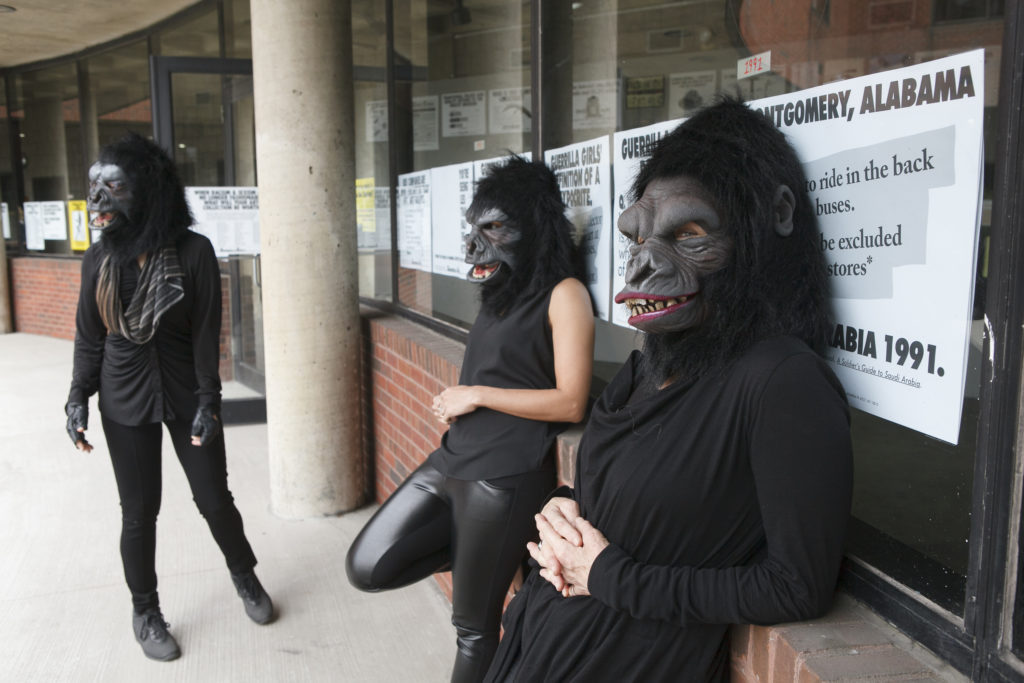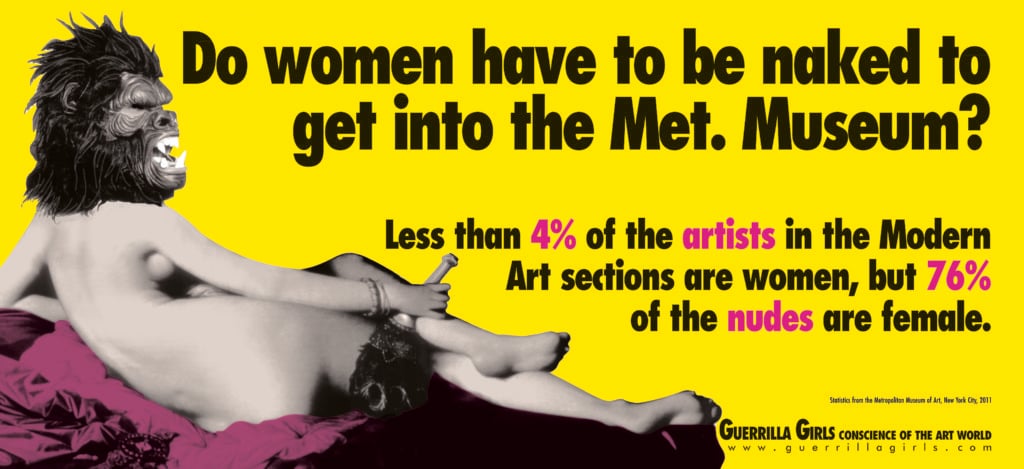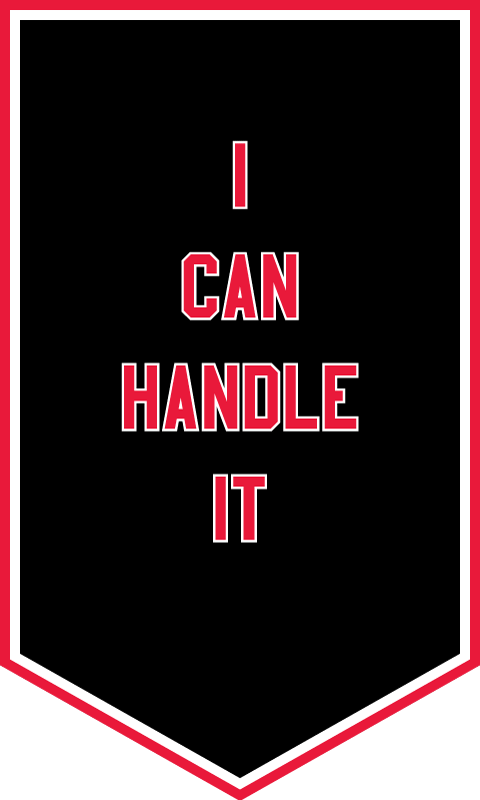Art World
An All-Female Art Fair Takes on Gender Inequality With a Show at a Miami Shopping Mall
The satellite show Fair focuses on women’s issues, from wage disparities and exploitative advertising to representation in the art world.

The satellite show Fair focuses on women’s issues, from wage disparities and exploitative advertising to representation in the art world.

Janelle Zara

Capping a year that began with millions of women around the world marching in the name of equal pay and reproductive rights, Fair, a new satellite exhibition to Art Basel Miami Beach, launched on Thursday with a roster of female, trans, and non-gender conforming artists.
Zoe Lukov, director of exhibitions for Faena Art, and Anthony Spinello of Miami-based gallery Spinello Projects co-organized the non-selling show, which is broken into three sectors—Fair Play, Fair Trade, and Fair Market. The sectors each focus on different women’s issues, from disparities in employment and wages to exploitative advertising to representation in the art world. Appropriately enough, the exhibition takes place in the Brickell City Center shopping mall, courtesy the developers at Swire Properties who co-sponsored the show with the Miami-based Knight Foundation.
“In a lot of ways, the contemporary shopping center has replaced the public plaza,” says Lukov, pointing out that the venue opens the exhibition to a non-art viewing public. Adding to that accessibility, entry is free, the only thing for sale are t-shirts to benefit Planned Parenthood, and many of the works on view take the form of relatable media. For instance, Fair Play, the film sector of the show curated by LA-based Micol Hebron, screens selections from the Femmes’ Video Art Festival on a giant monitor across from a movie theater concession stand; artists include Alexis Bolter, Gabrielle Gorman, and others who explore themes of sexual identity.

The Guerrilla Girls’ Do Women Have to Be Naked to Get into the Met Museum (2011). Image courtesy of Fair.
The Fair Trade sector occupies the mall’s airy atrium, planting Guerilla Girls billboards in the same space as the life-size footage of the most recent Victoria’s Secret Angels Collection. And Fair Market occupies an unpolished storefront with works that include Liza Cowan’s The Future is Female t-shirts and the banners printed with sentiments of inner turmoil that comprise Cheryl Pope’s A Silent I (2016).
In the latter two sectors, text-based graphics are the dominant media. That’s for two reasons, say Lukov and Spinello: Text appropriates the language of advertising, a medium tailored for the masses, and there are certain truths that need to be spelled out. On a wall-size installation titled This Ain’t a Eulogy: A Ritual for Re-Membering (2017), Taja Lindley spells out names, illustrating the disposability of black bodies by listing the unarmed black men, women, and trans people murdered by police over the last few decades. Hebron, meanwhile, spells out numbers, using the posters of her ongoing “Gallery Tally Project” as visualizations of data showing the uneven representation of women in the gallery system, shattering any illusions of equality.

Cheryl Pope’s A Silent I (2016). Courtesy of the artist and Monique Meloche Gallery, Chicago.
“I was interested in knowing how the gallery world and art market affected women seeking to make a living off of their art,” says Hebron, “and the statistics show that the average is 68–70 percent men.” One poster depicts a bright blue bus marked “Victoria Miro” with a strip of pink towards the back, representing the women that make up only 35 percent of the gallery’s roster.
“The ratios are much worse than they appear when you look at the fact that art schools the world over have between 65 and 70 percent female students,” Hebron adds.
“Our sincere hope is that one day there’s no longer a need for an all-women exhibition and that, one day, women artists will be considered quite simply artists,” says Spinello.
During all four days of the show, Miami-based artist Nathalie Alfonso will perform Cleaning the Line (2014), a work in which she attempts to scrub a thick black mark that runs the stretch of an entire wall with a few buckets and rags. The piece pays homage to the invisible labor carried out by women outside the artistic class. The sheer length of the line—and its stubborn resistance to her efforts—feels like an ominous metaphor for how much further we have left to go.